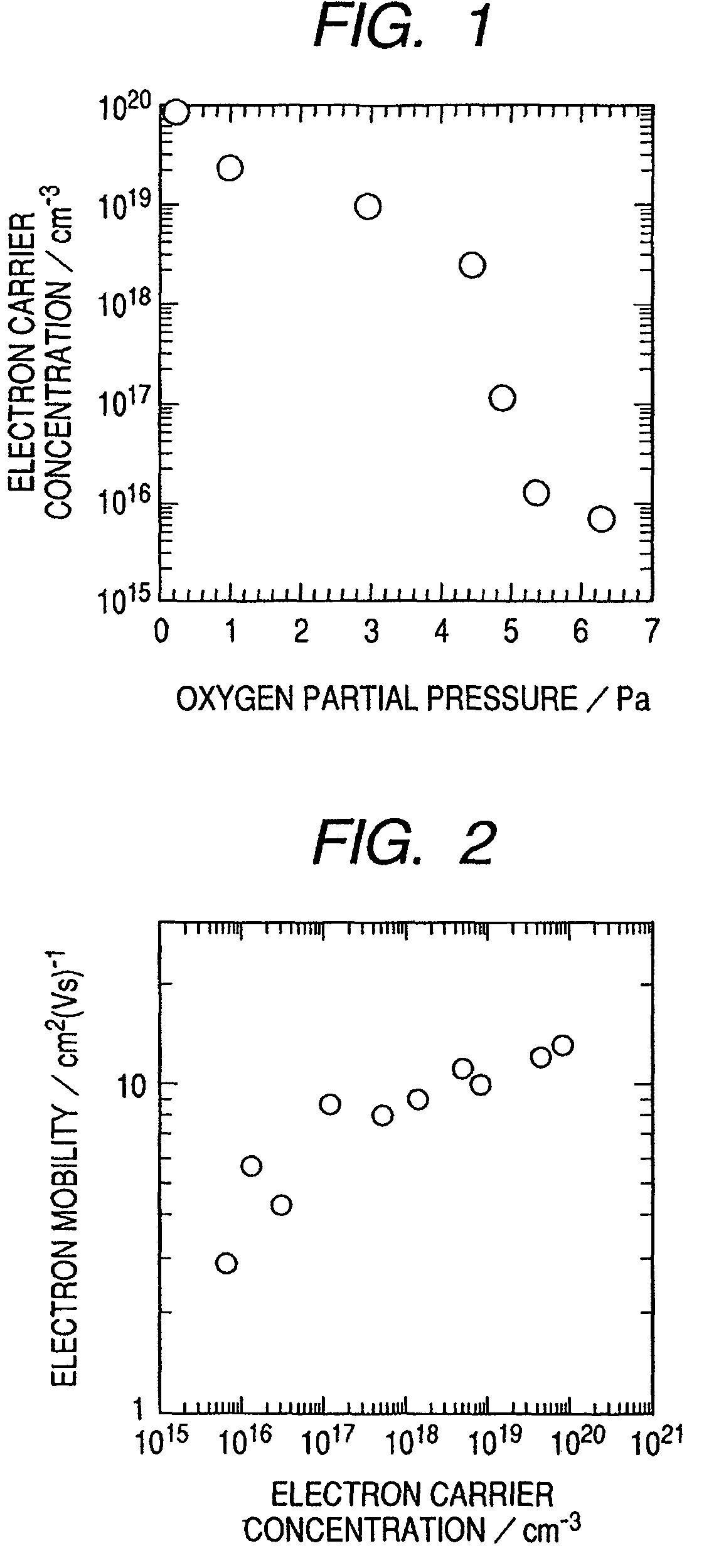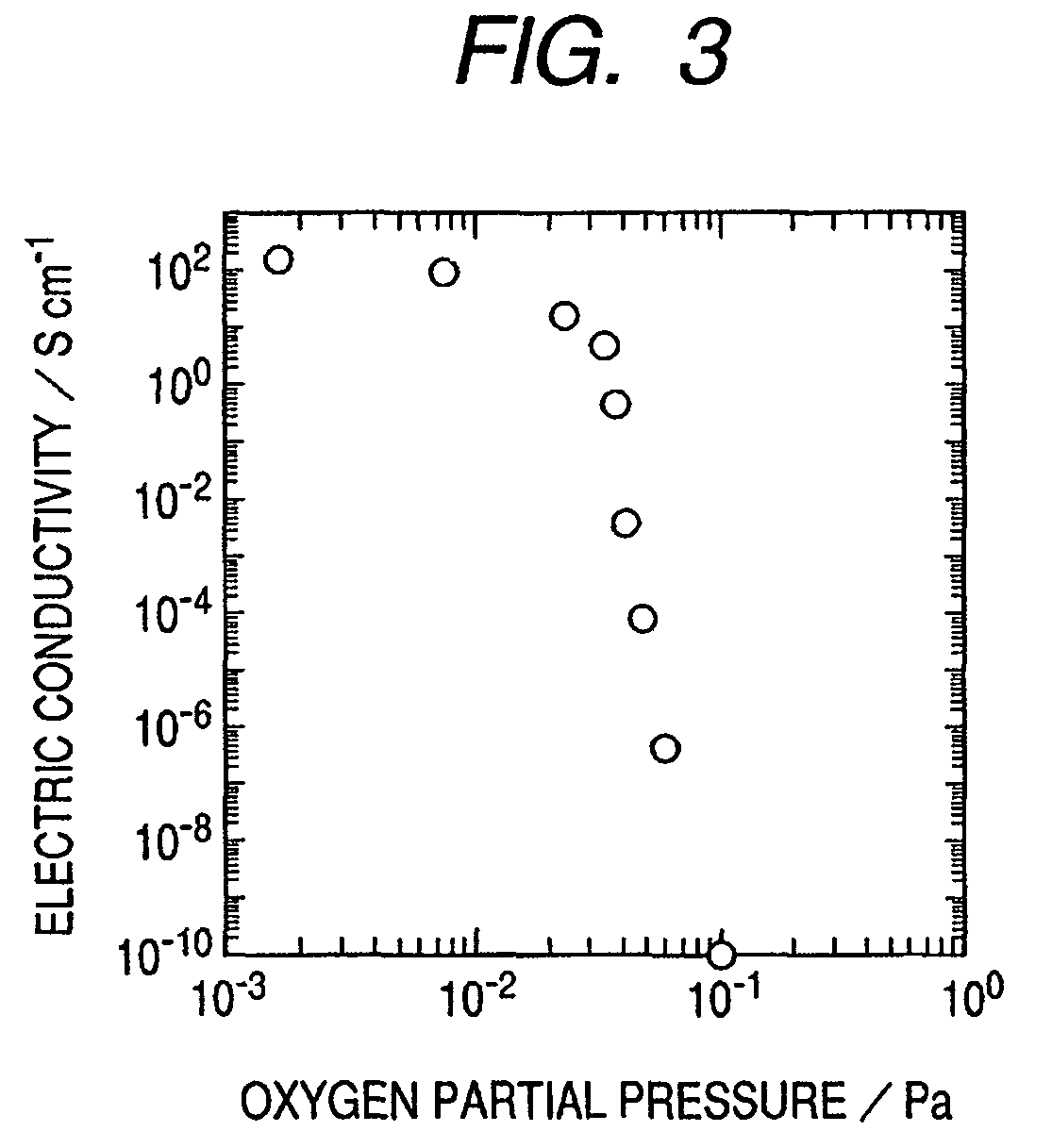Light-emitting device
a light-emitting device and light-emitting technology, applied in the direction of organic semiconductor devices, identification means, instruments, etc., can solve the problems of not reaching the technical level of developing applied technology for tft using a conventional oxide-semiconductor thin film, and the difficulty of directly forming silicon thin film on a resin substrate with low heat resistan
- Summary
- Abstract
- Description
- Claims
- Application Information
AI Technical Summary
Benefits of technology
Problems solved by technology
Method used
Image
Examples
first embodiment
[0088]A source electrode 75 and a drain electrode 70 are directly connected with an active layer 72, and the current passing through the active layer 72 is controlled by a gate electrode 74 through a gate insulation film 73.
[0089]An organic EL layer 78 of a light-emitting layer is connected with a drain electrode 70, through a bottom electrode 77 and a wire in a contact hole. An interlayer insulation layer 76 exists between the bottom electrode 77 and a TFT section to electrically insulate them. The interlayer insulation layer 76 does not necessarily need to be a single layer, but generally consists of insulation layers arranged on the gate insulation film and on the upper part of the gate electrode, and the general interlayer insulation layer for a flattening purpose.
[0090]A counter electrode 79 exists on the upper part of the organic EL layer 78, and applies voltage to the organic EL layer 78 to make it emit light when a TFT is turned ON.
[0091]Here, a drain electrode 70 is electri...
second embodiment
[0108]In FIG. 9, reference numeral 91 denotes a substrate, reference numeral 92 an active layer made of a semiconductor material peculiar to the present invention, reference numeral 93 a gate insulation film, reference numeral 94 a gate electrode, reference numeral 95 a source electrode, reference numeral 96 an insulation layer, and reference numeral 97 a bottom electrode. The bottom electrode 97 is layered on a drain electrode or is identical to the drain electrode, in other words, is the drain electrode in itself. Reference numeral 98 denotes an organic EL layer, and reference numeral 99 a counter electrode.
[0109]The present embodiment has basically the same type of configuration in the first embodiment in which a part of a bottom electrode contacts with a drain electrode through wiring, but has a different configuration in which the drain electrode and a light-emitting layer are layered on the same overlapping area when viewed from the position above a substrate 91, and the botto...
third embodiment
[0118]In FIG. 8, reference numeral 81 denotes a transistor for driving an organic EL layer 84, which passes a current to a light-emitting element that has the organic EL layer 84 and a pair of electrodes sandwiching the organic EL layer 84. Reference numeral 82 is a transistor 2 for selecting a picture element, which supplies a picture signal for determining a current to be passed to the light-emitting element, to a gate of the transistor 81.
[0119]In addition, a condenser 83 is placed in order to hold a selected condition, stores electrical charges between a common electrode wire 87 and a source electrode part of the transistor 2, and retains the signal of the gate of the transistor 1. The picture element is selected and determined by a scan electrode wire 85 and a signal electrode wire 86.
[0120]The configuration will be now more specifically described.
[0121]At the same time when a row selection signal is applied to a gate electrode from a driver circuit (not shown) through a scan e...
PUM
 Login to View More
Login to View More Abstract
Description
Claims
Application Information
 Login to View More
Login to View More - R&D
- Intellectual Property
- Life Sciences
- Materials
- Tech Scout
- Unparalleled Data Quality
- Higher Quality Content
- 60% Fewer Hallucinations
Browse by: Latest US Patents, China's latest patents, Technical Efficacy Thesaurus, Application Domain, Technology Topic, Popular Technical Reports.
© 2025 PatSnap. All rights reserved.Legal|Privacy policy|Modern Slavery Act Transparency Statement|Sitemap|About US| Contact US: help@patsnap.com



